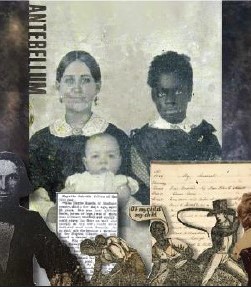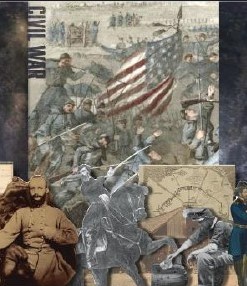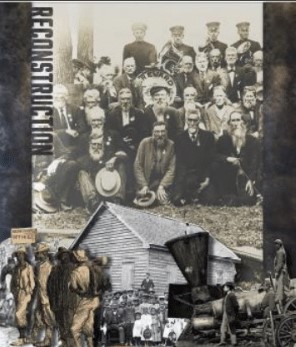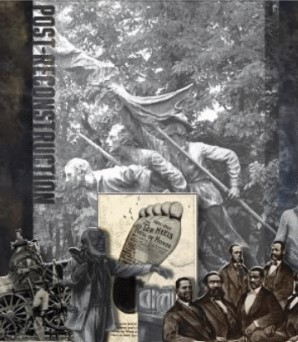
About
Featured Article
Grey Little Brown (1831-1907)
Before he enlisted in the Civil War, Grey Little Brown was a farmer and teacher in Edgecombe County. After the war, he returned to farming and teaching.
He became a “certified teacher” in 1871 as the state began to set standards (see copy of certificate).
His interest in education established the first school in Edgecombe County. He also sent three of his daughters to college in Greensboro, N.C. (the State Normal and Industrial School, aka Woman’s College aka UNCG).

Antebellum
Before the Civil War, the region’s geography, population, economics, and laws shaped the diverse lives of North Carolinians. Enslaved and free Black people rebelled against the institution of enslavement through violent revolt...

The Civil War
After the election of Republican candidate Abraham Lincoln in November 1860, South Carolina and six other states seceded before he took office, but President Buchanan did not initiate hostilities…

Emancipation
In May 1861, General Benjamin F. Butler gave semi-protected status and partial freedom to enslaved people who escaped to Union lines from Confederate territory, considering them essentially “contraband of…

Reconstruction
President Andrew Johnson’s limited Presidential Reconstruction prioritized reconciliation between the North and South. Its effect was to restore the status quo regarding old wealth and power in the South and the political oppression of…

Post-Reconstruction
In the 1880s, struggling farmers united in the Farmers’ Alliance, a national movement that sought agricultural reform and railroad oversight, and formed groups throughout the South…


